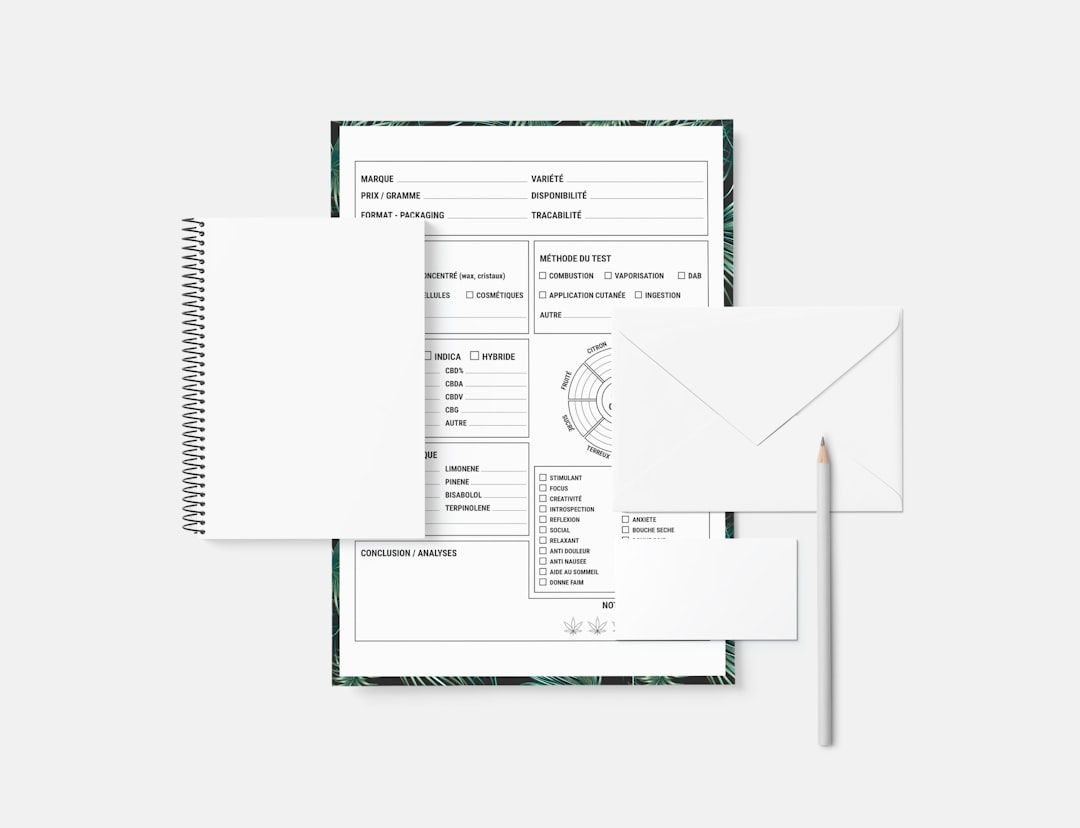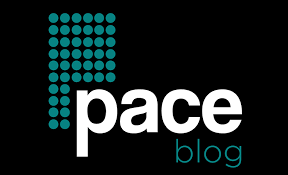As artificial intelligence continues to revolutionize the way we interact with technology, the practice of prompt engineering has emerged as a critical aspect of building effective applications using large language models (LLMs). Creating prompts that guide models towards desired responses requires both finesse and strategy. But as prompt-based systems grow in complexity, there comes a clear need for better management, version control, testing, and the ability to reuse these valuable prompts. Enter: prompt libraries.
Prompt libraries are structured repositories designed to store, organize, and manage prompts efficiently across projects. Much like code libraries, they lay the foundation for scalability, collaboration, and repeatability in AI development workflows. In this article, we will explore the essential elements of prompt libraries, focusing on versioning, testing, and reuse.
Why Prompt Libraries Matter
At first glance, a prompt may seem like a simple string of words passed to an AI model. However, well-crafted prompts are the result of iterative experimentation and deep understanding of model behavior. When working on complex projects, teams often build dozens—or even hundreds—of prompts tailored to specific tasks, domains, or outputs.
Without a structured system, teams risk duplicating work, losing track of successful prompt formulations, or deploying outdated versions. Prompt libraries solve this by helping developers and AI practitioners:
- Organize prompts by task, domain, or model type
- Version control and track prompt performance over time
- Test and evaluate prompts under various scenarios
- Reuse high-performing prompts across multiple applications
1. Prompt Versioning
Prompt versioning is essential for managing changes and understanding the evolution of a prompt over time. Just as source code developers use Git to track changes, prompt engineers can apply similar principles to manage iterations. Even small modifications in wording, structure, or tone can greatly affect a model’s output.
Key features of effective prompt versioning systems include:
- Snapshot tracking: Identify when and why changes were made
- Metadata logging: Capture data such as author, context, and associated models
- Comparison tools: Allow side-by-side comparisons of prompt versions and outputs
For example, in customer support automation, a change like “How can I help you today?” versus “What brought you here today?” could trigger different responses from the model. Versioning allows teams to preserve both variants, run A/B testing, and decide on which variant works best.

2. Testing Prompts for Reliability
With LLMs behaving stochastically—producing slightly different outputs across runs—it is crucial to test prompts to ensure reliability and performance. Prompt testing involves evaluating how well a prompt performs across different datasets, edge cases, and real-world user inputs.
Different testing strategies include:
- Automated regression testing: Validate prompt consistency by feeding predefined inputs and comparing outputs over time
- Perturbation resilience: Check how prompts perform when inputs are slightly altered
- Factual accuracy and hallucination testing: Particularly important in applications like news summarization or medical QA
- Few-shot vs. zero-shot performance: Compare different prompting formats for optimal results
To efficiently run these tests, many teams integrate evaluation frameworks directly into their prompt libraries. This helps in scoring model responses, applying grading rubrics, and benchmarking prompt effectiveness at scale.
3. Reuse and Modularity
One of the great challenges in prompt engineering is avoiding duplication. Especially in large organizations, multiple teams may be working on similar tasks—from generating legal documents to deciphering customer feedback—and yet designing their prompts from scratch.
Prompt libraries promote the idea of modular reuse. By treating prompts as atomic assets, they can be easily referenced, adapted, or layered with task-specific instructions. Some examples of reuse strategies include:
- Base prompts: Core structures that guide general behavior of the model
- Parameterizable prompts: Templates with variable slots like {{product_name}} or {{target_audience}}
- Composable prompts: Multiple prompts combined to form a pipeline
Imagine a base sentiment analysis prompt: “Analyze the sentiment of the following text.” This can be expanded and reused across marketing, customer service, and product review analysis simply by parameterizing with contextual variables.
Reusable prompt templates help reduce time spent reinventing the wheel and ensure consistency across outputs.

Standardizing Prompt Representation
As prompt complexity grows, standardizing how prompts are written and stored becomes increasingly valuable. JSON or YAML-based representations can be used to structure prompts, include metadata, and facilitate automation – such as testing, documentation, or usage analytics.
A standardized format might include:
{
"id": "summarize_news_v2",
"description": "Summarizes any news article into 3 key takeaways",
"prompt": "Summarize the following article into three key points:\n{{article_text}}",
"category": "summarization",
"model": "gpt-4",
"author": "team-news",
"created_at": "2024-03-15"
}
With such structured formats in place, teams can search, tag, and integrate prompts seamlessly across projects, ensuring prompt discoverability and consistency.
Prompt Library Tooling and Ecosystem
Several tooling solutions and platforms now support the creation and management of prompt libraries. These range from simple filesystem-based solutions to full-fledged platforms with GUIs, collaboration features, and versioning support.
Some notable tools in this space include:
- Prompt Layer: Tracks and visualizes GPT prompt usage with analytics
- LangChain PromptTemplate: Programmatic prompt structuring for agents and chains
- OpenPrompt: A PyTorch-based library for prompt-based learning
- PromptBase: A marketplace for high-performing prompts with usage metrics
For organizations looking to manage prompts at scale, building an internal prompt management platform—complete with access control, audit logs, and performance dashboards—can yield long-term payoff.
Collaboration and Documentation
Prompts are not just engineering artifacts; they represent communication between humans and machines. As such, documenting the context, purpose, and considerations behind each prompt helps new team members understand design decisions and prevents misinterpretation.
Best practices for prompt documentation include:
- Clear naming conventions for easy identification and retrieval
- Usage guidelines and examples of successful outputs
- Warnings about limitations, edge cases, or known issues
By fostering a culture of collaboration and knowledge sharing, prompt libraries become living resources that evolve with both the capabilities of language models and the needs of users.
Conclusion
Prompt libraries are more than a convenience—they are a necessity for scalable, maintainable, and effective AI systems built on large language models. By embracing versioning, establishing testing protocols, and encouraging prompt reuse, teams can streamline development workflows and improve the quality and consistency of AI-driven applications.
As this emerging field continues to grow, future prompt libraries may include real-time performance analytics, user feedback loops, and AI-assisted prompt refinement tools. Teams that invest in well-structured prompt libraries today position themselves to lead in the intelligent systems of tomorrow.

Effective prompt engineering requires not just linguistic creativity but also sound software practices—prompt libraries are where the art meets the science.

